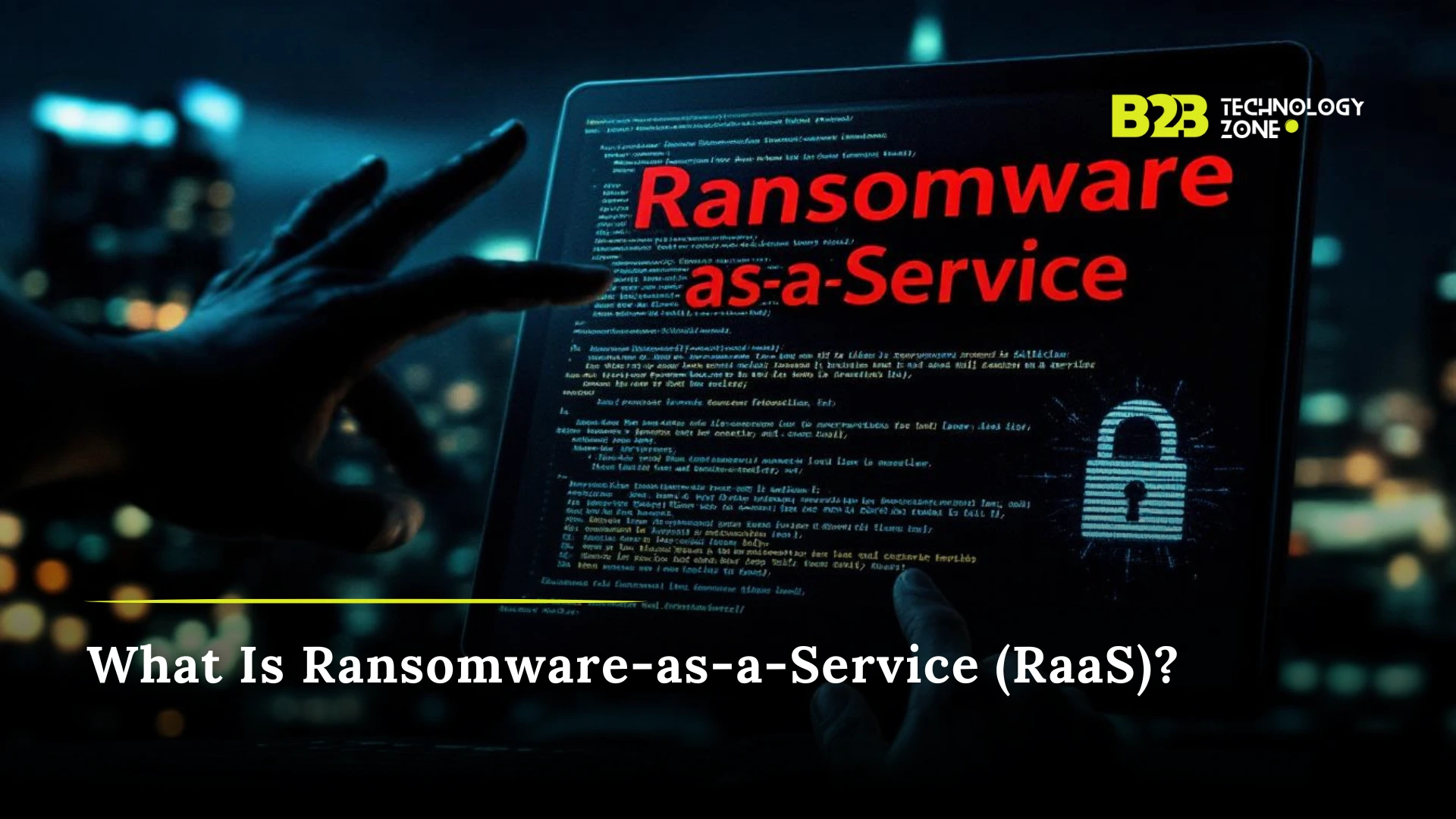
Ransomware-as-a-Service (RaaS) has revolutionized cybercrime by democratizing access to sophisticated ransomware tools, enabling even non-technical criminals to launch devastating attacks. This subscription-based model mirrors legitimate software services but weaponizes them for extortion, fueling a surge in global ransomware incidents. Below, we dissect its mechanics, real-world impacts, and defense strategies.
RaaS functions through a developer-affiliate partnership:
Developers create ransomware code, distribution infrastructure, and payment systems, often offering 24/7 customer support.
Affiliates lease these tools via dark web marketplaces, paying upfront fees or sharing 20%–40% of ransom profits.
This turnkey model eliminates technical barriers – affiliates simply select targets and execute preconfigured attacks.
Notable Attack: Colonial Pipeline (2021)
Impact: Forced a $4.4 million ransom payment, triggering U.S. fuel shortages and emergency cybersecurity reforms.
Tactic: Exploited legacy VPN credentials to infiltrate pipeline systems.
Revenue Model: 40% profit share with affiliates.
High-Profile Case: JBS Foods paid $11 million in 2021 after ransomware paralyzed meat processing plants.
Modus Operandi: Targeted unpatched Microsoft Exchange servers.
Outcome: Disrupted by U.S. authorities in 2023 after extorting 1,500+ victims.
1. Profitability: Average ransom payments exceeded $1.5 million in 2024, with 29% of victims paying but failing to recover data.
2. Anonymity: Disrupted by U.S. authorities in 2023 after extorting 1,500+ victims.
3. Low Risk:Affiliates face minimal legal exposure compared to developers.
4. Scalability:A single ransomware strain can attack thousands of targets simultaneously.
.webp)
Patch Management: 60% of attacks exploit known vulnerabilities. Automate updates.
Multi-Factor Authentication (MFA): Blocks 99% of credential-based breaches when implemented.
Phishing Simulations: Train staff – 54% ransomware originates from emails.
Zero-Trust Architecture: Segment networks to prevent lateral movement post-breach.
Immutable Backups: JStore encrypted data copies in air-gapped environments, tested weekly.
Ransomware Playbook: Define clear roles and isolate infected systems swiftly.
Third-Party Audits: Conduct regular penetration tests.
What is Ransomware-as-a-Service (RaaS)?
RaaS is a subscription-based model that allows cybercriminals to launch ransomware attacks without needing technical expertise. Developers create and maintain the ransomware code, while affiliates pay to use these tools, typically sharing a percentage of ransom profits.
How does RaaS work?
RaaS operates through a developer-affiliate partnership. Developers create the ransomware code, distribution infrastructure, and payment systems, while affiliates lease these tools to execute attacks, often paying upfront fees or sharing 20-40% of ransom profits.
What are the key components of RaaS ecosystems?
The main components include ransomware code, distribution kits, payment portals, and support services. These elements work together to create a complete attack infrastructure that can be easily deployed by affiliates.
What are some notable RaaS groups?
Major RaaS groups include DarkSide (known for the Colonial Pipeline attack), REvil (Sodinokibi), and Hive. These groups have been responsible for high-profile attacks and significant financial losses.
How can organizations defend against RaaS attacks?
Key defense strategies include implementing patch management, multi-factor authentication, phishing simulations, zero-trust architecture, immutable backups, and having a comprehensive incident response plan.
Your email address will not be published. Required fields are marked *
Loading questions...
